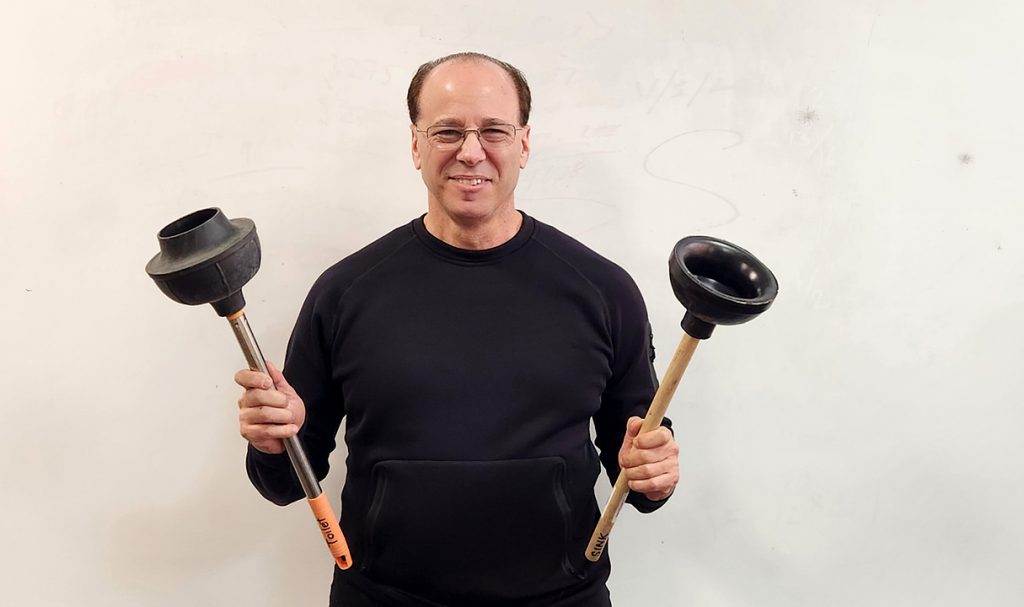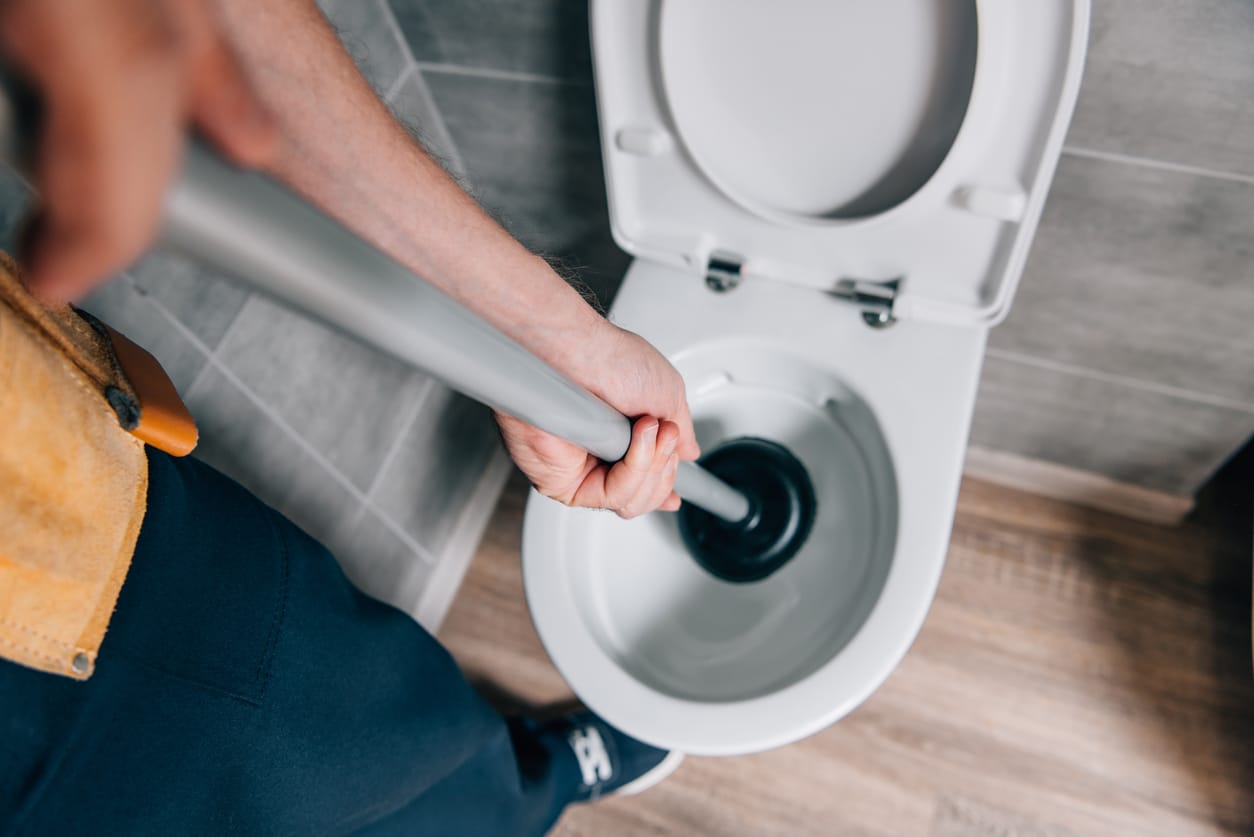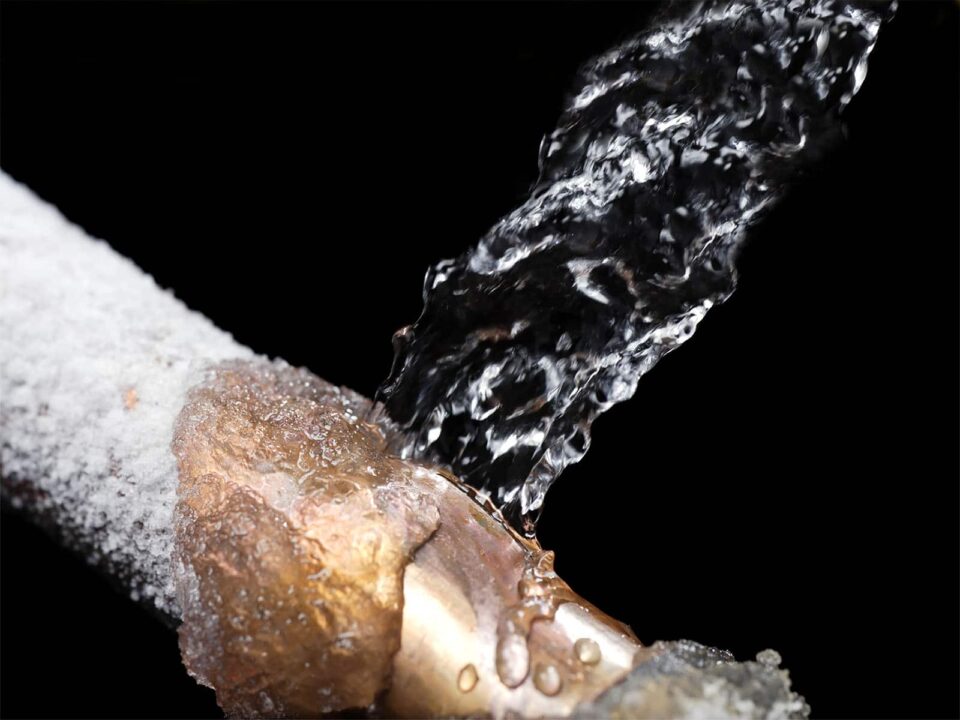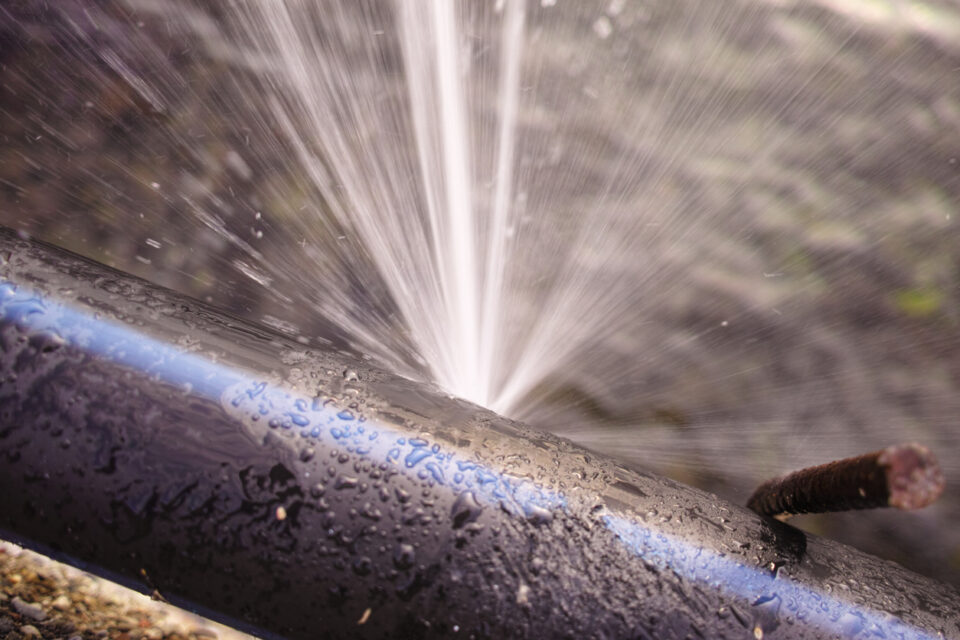Whether you are a homeowner, renter, or commercial real estate agent, you will likely have dealt with a clogged drain at some point. And when that happens, the first tool that comes to mind is a drain plunger. But before you grab any plunger, you must ensure you use the right one. There are usually two plungers; toilet and sink plungers.
The two types of drain plungers look similar but have distinctly different purposes. They likewise have distinct design differences. Maybe the most important are the sanitary concerns if used improperly.
Using the right plunger makes clearing a clog easier, and prevents the spreading of germs. Understanding each plunger’s use and differences ensures you grab the right one whenever you’re faced with a clogged drain.
Differences Between Toilet and Sink Plungers
When dealing with drain and pipe blockages, a sink and a toilet plunger are two household tools that can help you unclog without calling a plumber. Both toilet and sink plungers create water pressure (not air pressure) to force out clogs. However, it’s essential to understand that these two have different designs and uses. It’s also vitally important to never use a toilet plunger on a sink. The health ramifications of using a contaminated toilet plunger inside your sink are serious.
A standard sink plunger fits into the drain opening of a sink. Meanwhile, a toilet plunger creates a seal around the toilet’s drain opening. Understanding the distinctions between the two helps you tackle clogs more effectively. This also prevents you from causing any damage to your plumbing system or contaminating your sink.
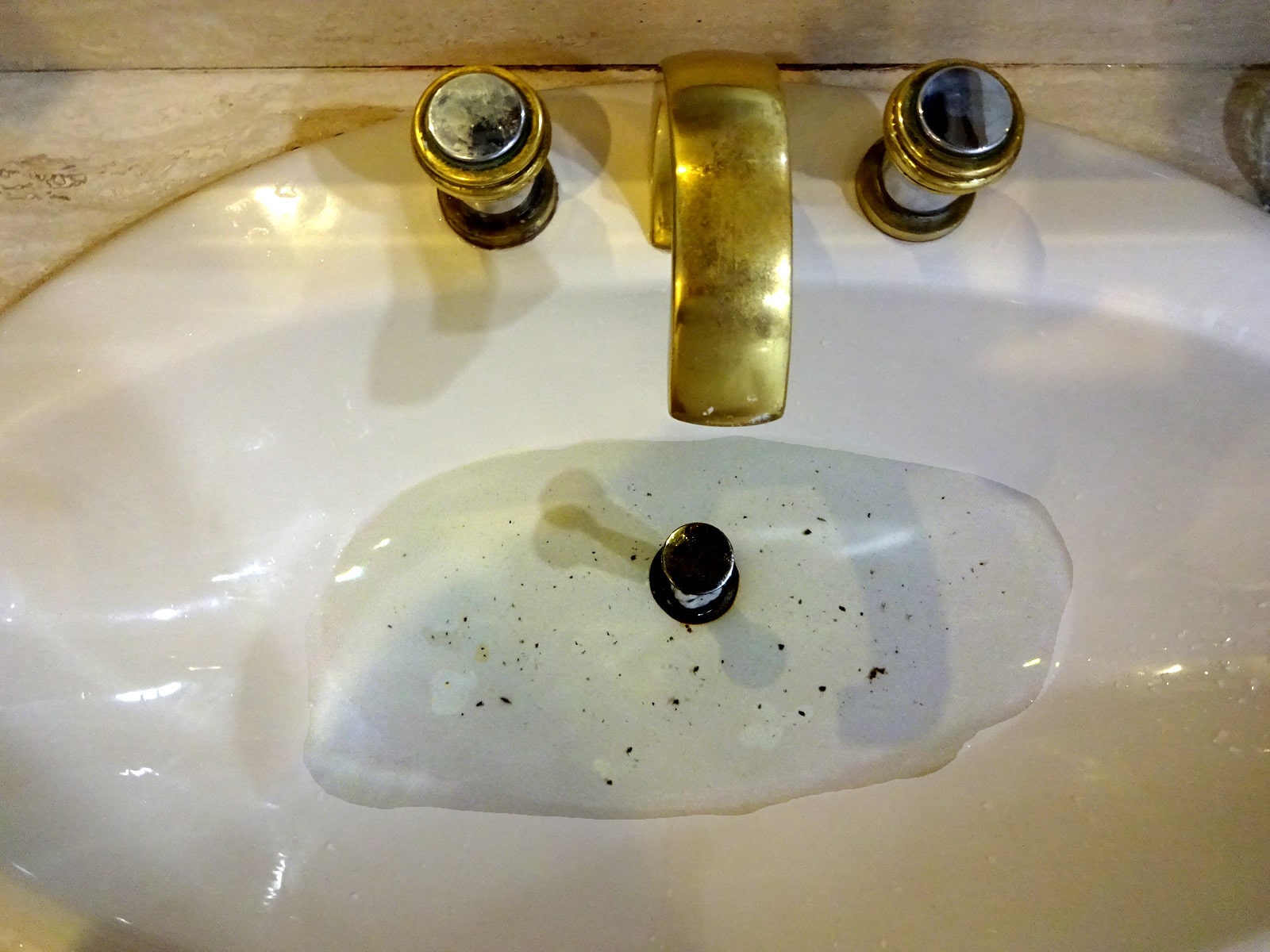
The Sink Plunger
Also known as the cup plunger, this plumbing tool is designed to unclog sinks, bathtubs, and other drains. Some of the features that can help you distinguish it from the toilet plunger include:
- Rubber cup: It has a smooth and cone-shaped rubber cup that fits in the drain opening of a sink. The design allows the plunger to create a tight seal and generate suction to clear the log. This is a major design difference between a toilet and sink plungers.
- Wooden handle: The handle gives you a firm grip and leverage to apply force to clear the clog. When buying a sink plunger, you can choose one with a long handle to help you reach deeper and more stubborn clogs.
- Foldable handle: Some sink plungers have foldable handles for easy storage and portability.
- Lightweight and easy to use: The feature makes these plungers a good option for unclogging a sink drain without calling a plumber.
- Proper labeling: Maybe most importantly, make sure you label your sink plunger as a sink plunger. That removes all of the guesswork.
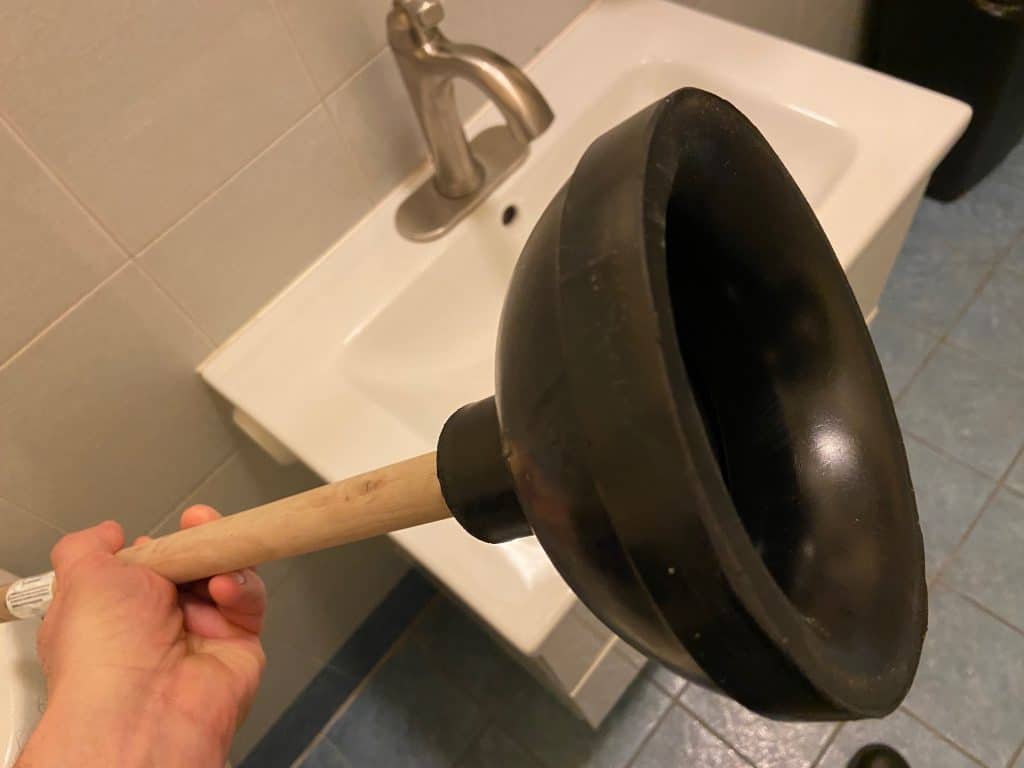
The Toilet Plunger
Also known as the flange plunger, this plumbing tool is explicitly designed for unclogging toilets. The plunger has the following features that make it suitable for the job:
- Rubber cup: The plunger has a bell-shaped rubber cup with a rubber flap or “flange” located on the bottom of the cup. The design makes it possible to create a tight seal around the toilet drain opening and generate suction to unclog.
- Wooden handle: Like the sink plunge, the toilet plume has a wooden handle that gives you a firm grip when unclogging the toilet.
Sink plungers are of such a simple design, whether you buy some sort of fancy plunger or wholesale toilet plungers, they will certainly work and perform perfectly fine.
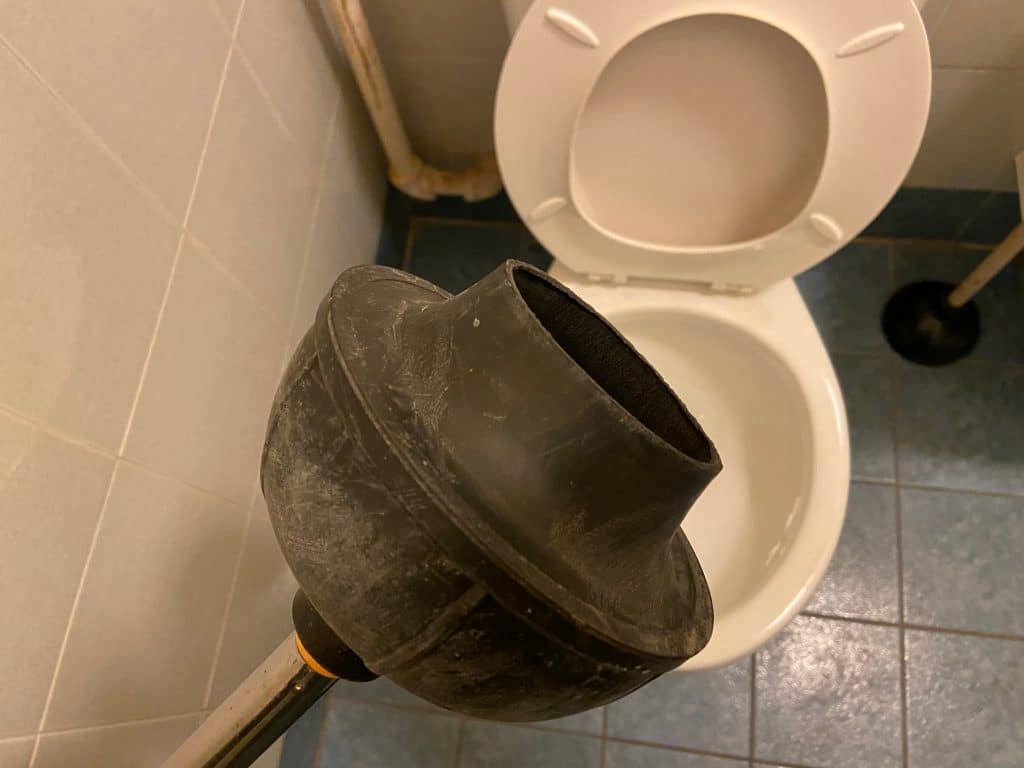
Despite these similarities, the two plungers are different. A toilet plunger is larger and more durable, as it needs to handle more challenging clogs that can occur in the toilet. If faced with a clogged sink, avoid using the toilet plunger as it may damage the pipes and transfer germs.
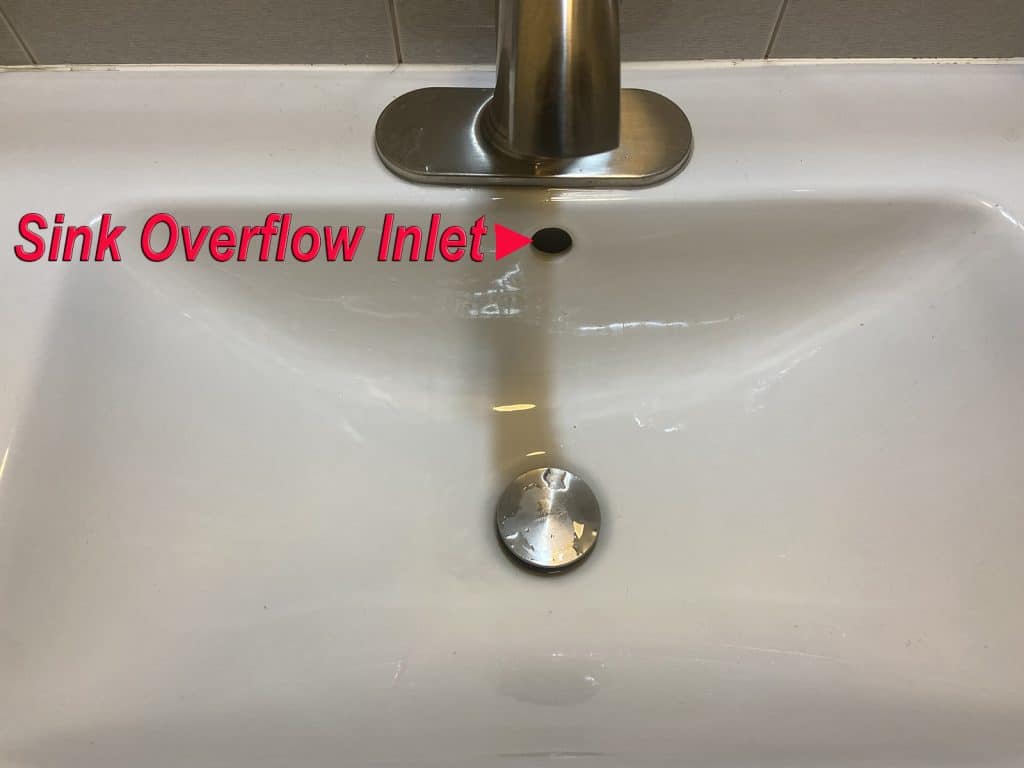
How to Safely Store Your Plungers
Storing your plungers properly ensures they remain clean and in good working condition. Here are a few key points to consider when storing your plungers:
- Keep them clean: Clean your plungers thoroughly with warm water or chlorine bleach after every use. This helps remove any dirt or debris that may have accumulated during use. After cleaning, dry them well before storing them.
- Store them in a dry place: Store the plungers in a dry place, as moisture can cause the rubber to deteriorate and become less effective. Avoid storing them in damp basements or bathrooms.
- Keep them away from harsh chemicals: Keep them away from harsh chemicals that can potentially damage the rubber on your plungers.
- Hanging storage: For storage, hang your plungers on a hook or peg to save space in your cleaning closet and keep them away from moisture.
- Separate them: Keep your toilet and sink plungers separate, so you know which one to grab when you need it.
Following these tips ensures your plungers remain in good working condition and are ready to tackle clogs when they occur.
Benefits of Using Your Toilet and Sink Plungers Correctly
Using a toilet or sink plunger properly can effectively clear clogs in plumbing fixtures without using chemicals, electric tools, or DIY remedies. Here’s what you can expect when using the right plunger for the job:
- The right plunger will easily clear clogs in toilets, sinks, showers, and bathtub drains without needing additional tools or remedies.
- Using a plunger to clear clogs saves money on plumber fees or expensive chemical drain cleaners.
- A plunger is a safe and gentle way to clear clogs and will not damage your pipes as long as you use the right one.
- Plungers are a natural and environmentally friendly way to clear clogs and don’t require the use of harsh chemicals that can harm the environment.
- Clearing clogs with a plunger is a quick and easy process that most people can do on their own.
It’s important to note that a plunger may work effectively on most clogs. However, some clogs are more severe and may require the help of a plumber. In most cases, a plunger is a simple and effective way to clear clogs and keep your plumbing in good working condition.
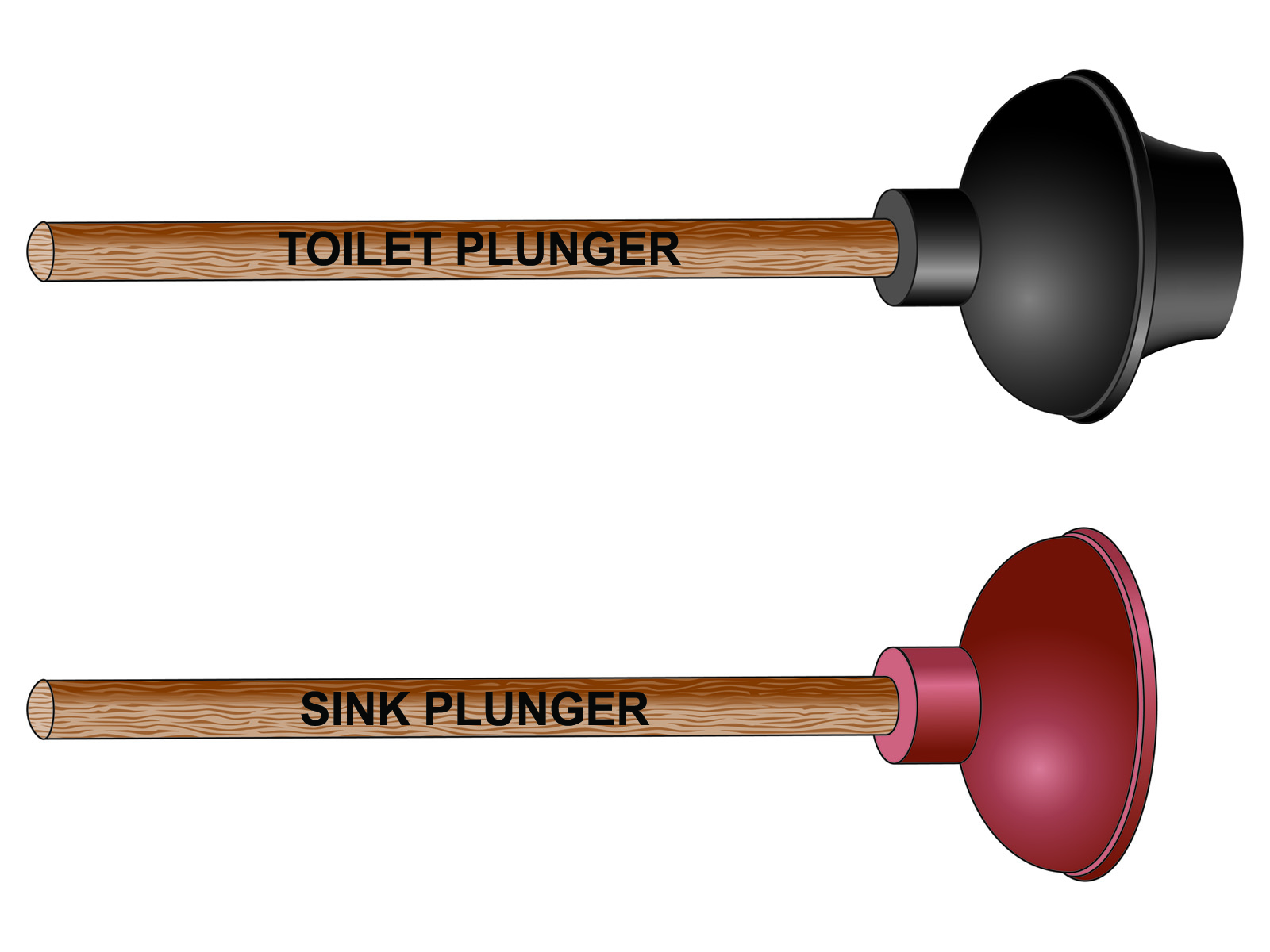
Key Takeaways About Drain Plungers
Understanding the differences between toilet and sink plungers is essential to effectively clearing clogs in your plumbing fixtures. Here’s what you need to know:
- Toilet plungers have a flange or cup on the bottom that creates a seal around the toilet drain, while sink plungers have a bell-shaped end that creates suction.
- Properly using a plunger to clear clogs can save you money on plumber’s fees and prevent damage to your pipes.
- It’s also an environmentally friendly solution that is quick and easy for most people to do on their own.
- Remember to keep your plungers clean, dry, and away from harsh chemicals and to store them separately, so you know which one to grab when you need it.
- With the right plunger, you can easily tackle any clog that comes your way.
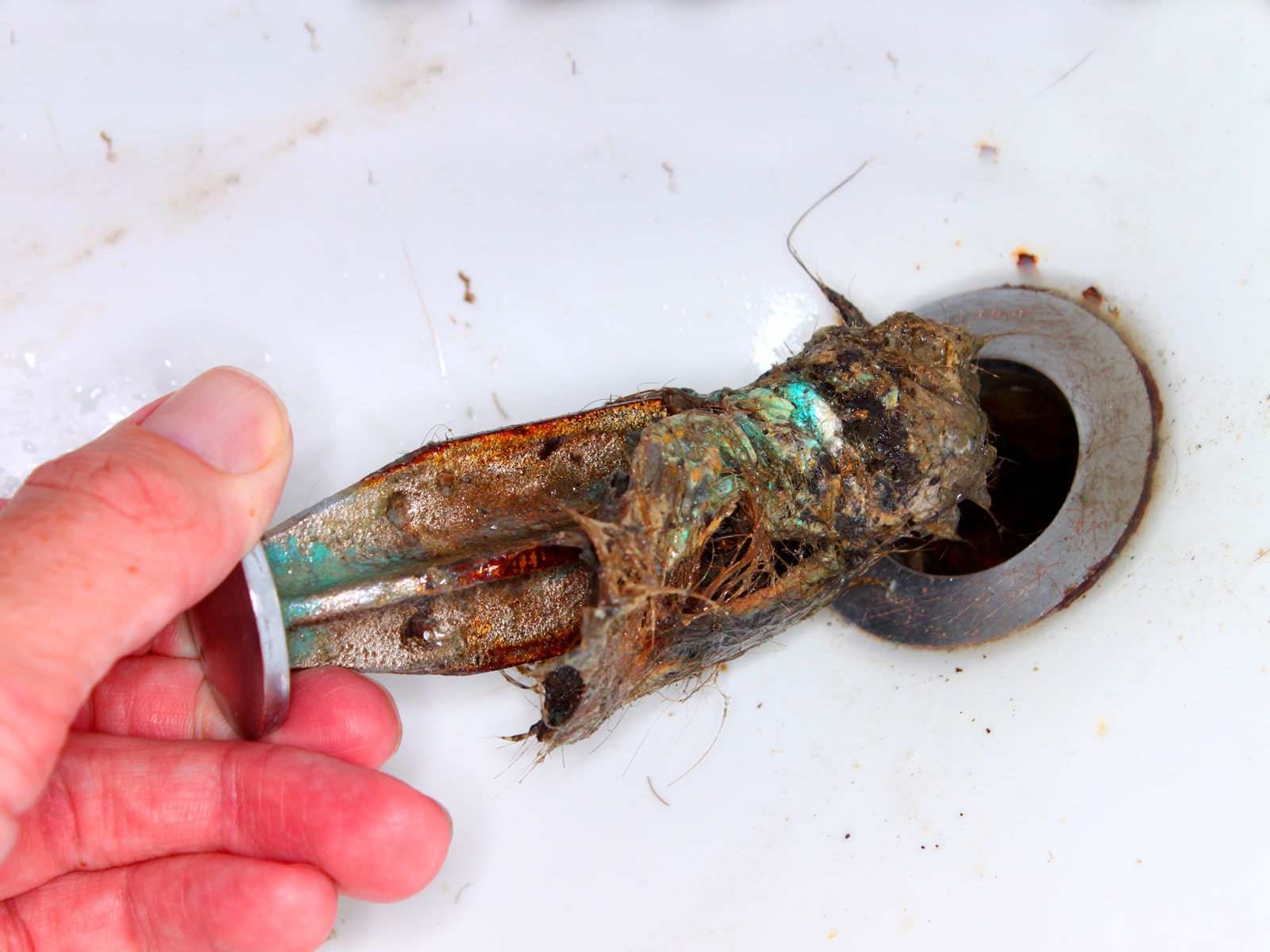
Don’t wait for a clog to happen, be prepared! Head to your local hardware store today and pick up these plungers to keep in your home. This will ensure that you’re always prepared to tackle any clog that comes your way. What’s more, it also shows your commitment to environmental and cost-effective solutions.
Drain Plungers Are A Key tool In Any Drain Cleaning Arsenal
With toilet and sink plungers in your arsenal, you’ll be able to clear clogs quickly and easily, saving yourself the hassle and expense of calling a plumber. But if you need a professional plumber to help you with clogs at home, contact Team Balkan today.
